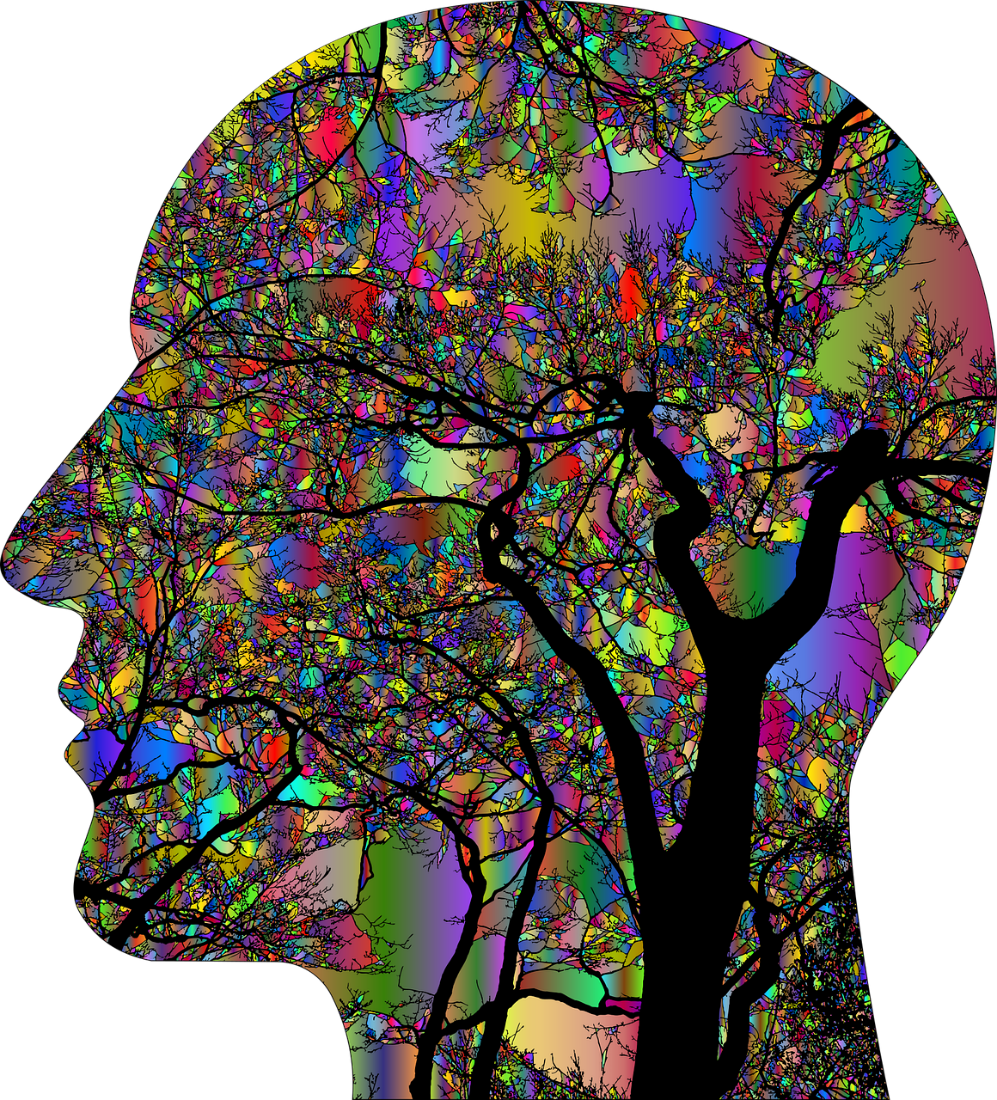Re-post: Color Psychology
Throughout summer 2024, we’re reposting previous blogs that showcase the range of topics in psychology. We’ll return to posting new content in August, 2024.
By Regina Xayarath
Have you ever had a deep thought about color? What about when you look at brands and the marketing part of them?
Color exists everywhere around us from our hair, our cars, the food we eat, the shoes we wear. Colors may mean nothing more than just a color to you, but there is fascinating psychology behind it all. Let me tell you a little about the science behind color, how color influences feelings and behavior, and what different colors mean.
Let’s begin with a little history of understanding color. Back in the B.C. era, Aristotle had suggested that colors came from lightness and darkness (white and black), which he then related to the four elements -- air, water, earth, wind. His theory of color was held for 2000 years until a new discovery of color replaced it. In the 1660s, Sir Isaac Newton experimented with sunlight and prisms. With this, he was able to demonstrate that white light was capable of showing color. According to the Smithsonian Library, Opticks is a treatise of the reflections, refractions, inflections, and colors of light. With Newton’s discovery of passing light through a prism, he was able to identify the colors of the rainbow, ROYGBIV.
Scientists now understand that color is how the brain perceives light that travels through the eye. Our eyes contain receptors that send messages to the brain which then produces the colors we see. Humans have quite the relationships with color. One of the first things kids associate with themselves at age 3 or 4 is their favorite color! It may come at no surprise that there is a field of interest called color psychology; it is the study of colors and how they relate to human behaviors. Color can have massive influence on our judgments of food, clothes, advertisements, etc. For example, the color blue could mean sadness to one person, but to another, blue could mean the state of being calm. It all depends on contextual factors. Colors have different influences and meanings for everybody.
More specifically, colors have a huge impact on marketing. Studies have shown that the relationship between the product and its color depends on the perceived appropriateness, which means does the color “fit” into what is being sold. Studies have also shown that 90% of judgments on products have been linked to color alone. Color also portrays the personality that the brand wants consumers to relate it to. Another thing that brands often do is use different names for the actual color. For example, with makeup, the brand comes up with names like mocha for an eyeshadow, rather than just brown. With clothing, the tag could say it’s a mustard yellow shirt or even a salmon-colored shirt. The name of the product’s color is often another factor that makes consumers want to buy it.
Colors impact the brain in many ways, and evoke a variety of emotions. Our brains tend to create emotions just by looking at a color, so let’s go over a few of them. Red is a widely used color in marketing, and it stands for danger, excitement, and a call for action. Red is the most intense color when it comes to color psychology, and it also encourages appetite. An example of this would be Coca-Cola or any fast-food restaurant. Hence why we crave fast food! Yellow is mainly known for happiness, positivity, and sometimes a warning. Websites may use yellow to help customers think of their site/store as something positive. Ferrari and Ikea are known to have yellow in their branding and buying from them typically leads to happiness (even though they’re expensive). Purple is known to be a royal color along with conveying luxury, power, and spirituality.
In conclusion, color psychology is intriguing and fun to learn about. From the science and history of it, to the different meanings of the colors used for a variety of brands, products, etc. If there’s anything you should take away from this, it is that color is more than just light. It evokes emotions and feelings that influence behaviors.
References
Batagoda, M. (2018, November 27). Understanding color psychology though culture, symbolism, and emotion. UX Planet. https://uxplanet.org/understanding-color-psychology-though-culture-symbolism-and-emotion-215102347276
Ciotti, G. (2014, August 20). Color Psychology: How Colors Influence the Mind. Retrieved November 04, 2020. Psychology Today. https://www.psychologytoday.com/us/blog/habits-not-hacks/201408/color-psychology-how-colors-influence-the-mind
Ferreira, N. (2020, September 04). Color Psychology: How Color Meanings Affect You & Your Brand. Oberlo. https://www.oberlo.com/blog/color-psychology-color-meanings
The Science of Color. (1970, January 01). Smithsonian Library. https://library.si.edu/exhibition/color-in-a-new-light/science

